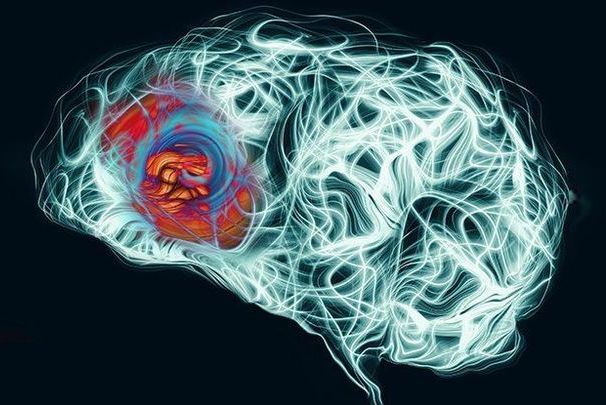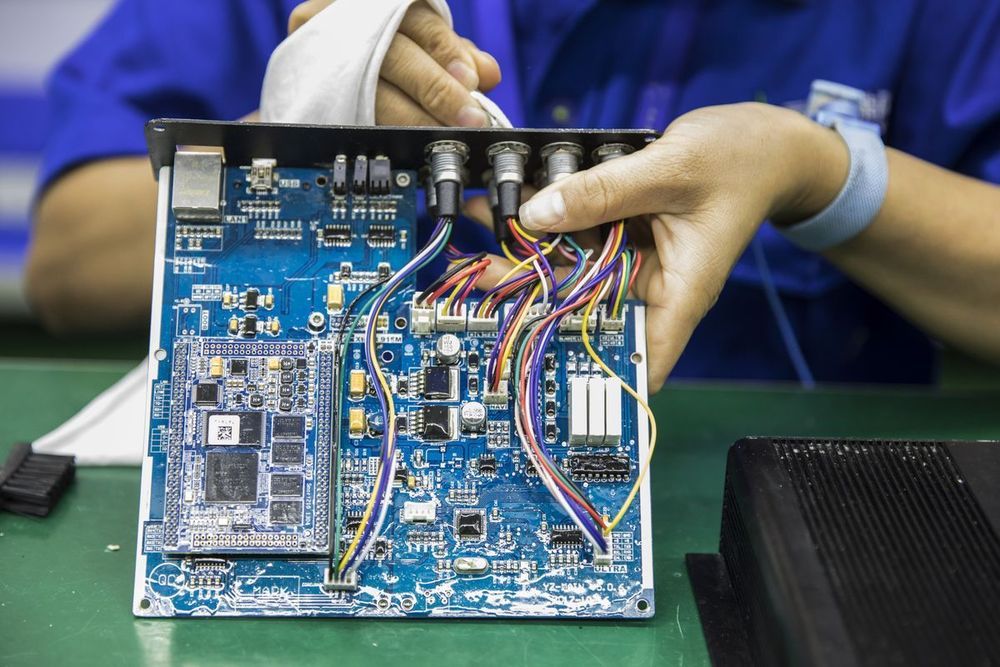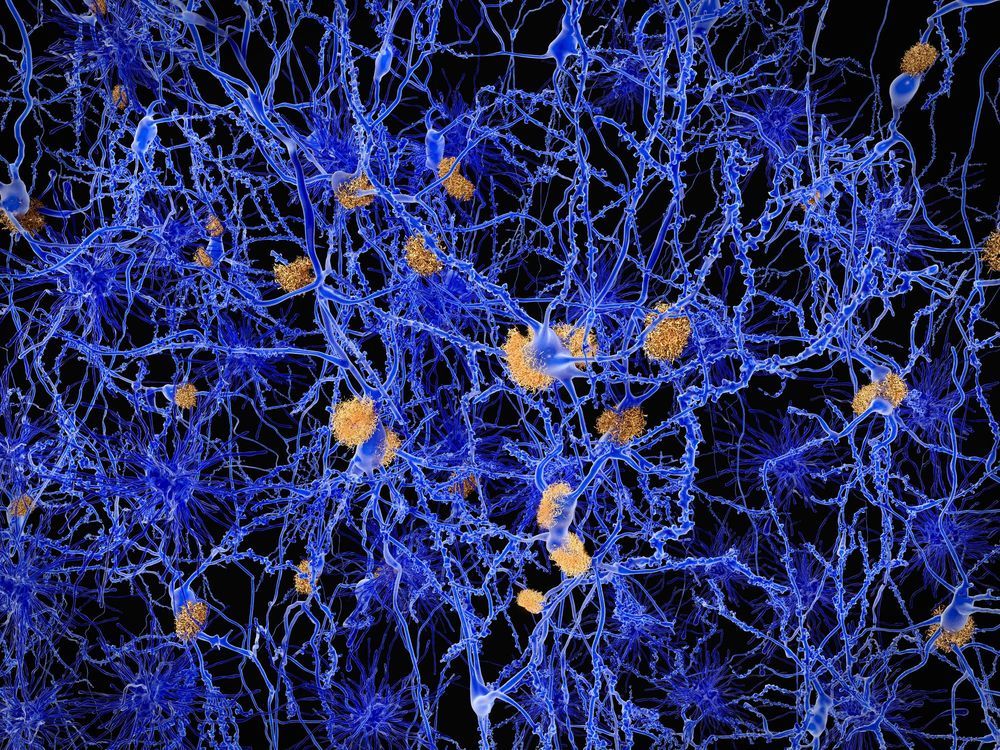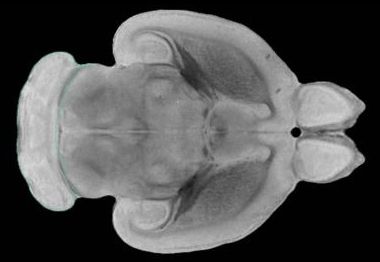NASA has released a detailed plan for an ‘Artemis Base Camp’ that will be home to first woman and next man on the moon in 2024.
The 13-page document highlights elements such as a terrain vehicle for transporting the astronauts around the landing zone, a permanent habit and a mobility platform to travel across the lunar surface.
The plans suggest a crew of four astronauts would call the moon home for a week at a time, but also describes accommodations with water, waste disposal systems and radiation shields if their time is extended.







